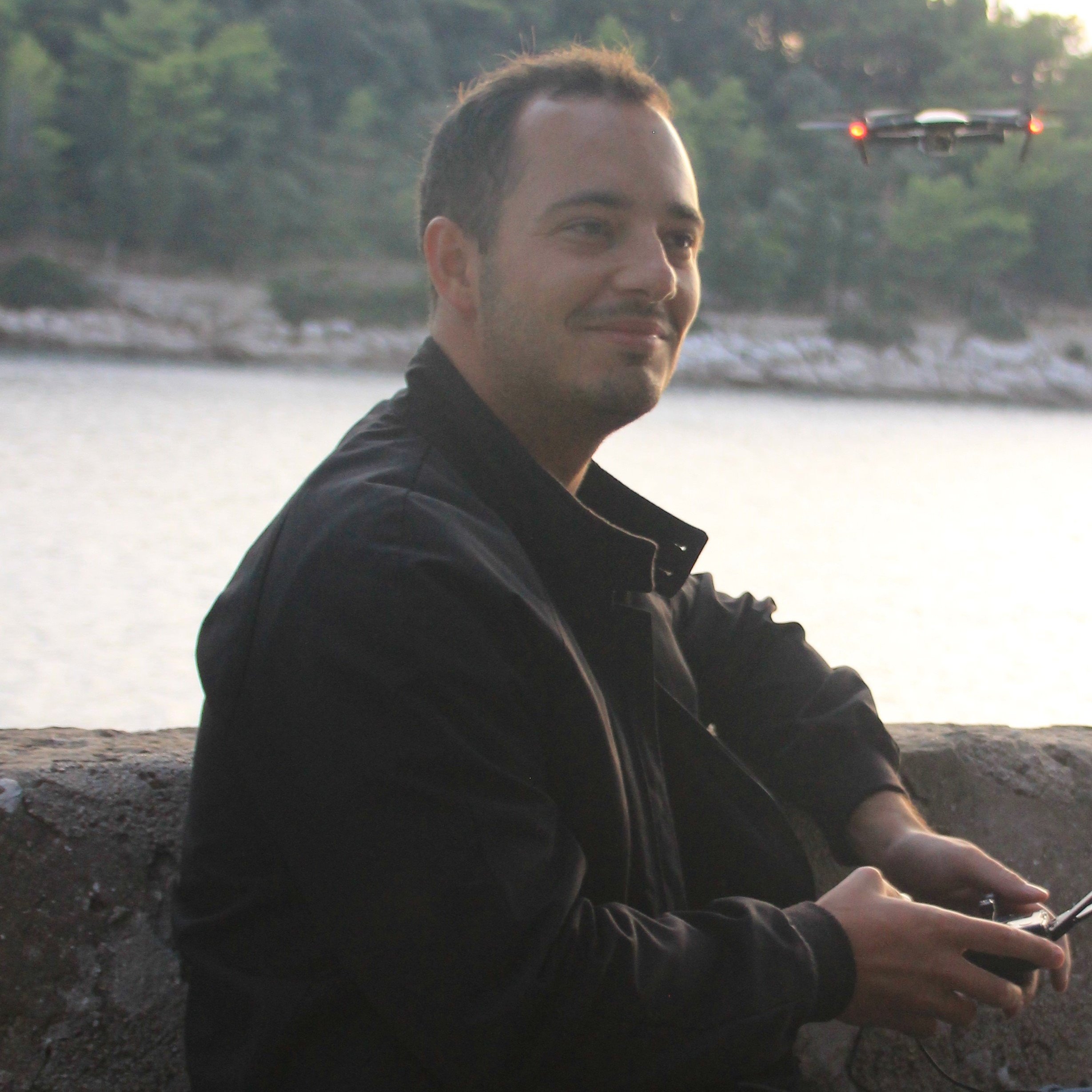Ever since camera drones became affordable, easy to fly, and highly capable, they have been adopted by commercial real estate teams to cut costs and open up new opportunities.
When it comes to selling or leasing property, the most obvious application of drone technology is in its marketing potential. Flying cameras can tell a story and create engaging media. Both elements have always been needed in a competitive property market.
But increasingly drones are being adopted to help with the management and maintenance of commercial property, too - something that many realtors incorporate into their services.
Here are are few ways that skilled drone pilots and the latest in aerial technology are transforming the commercial real estate business.
Enhanced listings
There’s a reason that marketing and media professionals are using drones to complement images captured from the ground: it looks good. In real estate, if your listing is slick and professional, you’ll have more chance of attracting potential customers and appealing to a greater number of people.
And ultimately it’s a numbers game: the more interest you can generate in a listing the better.
Drone shots allow you to stand out from the crowd in a competitive field, but they also add a sense of continuity to your commercial listings and build your reputation for going the extra mile.
The main reason drone pilots are called in to capture commercial real estate is to show off a property’s headline characteristics. Size, location and architecture are all elements that are best viewed from above. Footage gathered can also be used to create immersive media content to show to buyers, such as virtual tours.
But there are also practical benefits for potential customers. Companies looking for a new property to lease often have criteria and questions that can’t be answered through a standard listing. Drone shots provide that context for a property: Parking, traffic routes and proximity to other developments or locations can all be seen from above.
In all this means drone-assisted listings result in less wasted time for businesses choosing a commercial property. If something doesn’t fit their criteria, it’s easier to spot and saves the hassle of traveling to a location only to rule it out.
Ultimately, adopting aerial imagery for your commercial real estate business heightens your professionalism and provides value for clients and potential buyers.
Property management and maintenance
Drones are also proving useful in the real estate business beyond the marketing of properties.
Many businesses in the industry don’t just sell and lease commercial properties, they manage and maintain them too.
These day to day operations are being assisted by drones all over the country. Drones with and without specialized payloads can help crews keep commercial buildings in good condition.
One example is with roof inspections. Drones can help crews on the ground identify structural problems or damage fast. Flights can operate as scouting missions, saving maintenance teams from carrying tools up to the top of huge structures only to spend precious time finding the source of a problem or, in some cases, discovering that they were never needed in the first place.
The same goes for heating, ventilation and air conditioning (HVAC) inspections. Units are often situated on the roofs of commercial buildings. Maintenance crews hauling tools up to the top can cause both access issues and safety concerns. It makes sense to send a drone ahead to find out exactly what steps need to be taken.
Property managers are often responsible for parking facilities, too. Closer to the ground but still harnessing that birds-eye perspective, drone footage can be used to assess parking lots, pavement conditions and help locate stress cracks.
Drones are simplifying all of these tasks, in many cases allowing for remote inspections that are faster than conventional methods and minimize disruption without sacrificing accuracy. The technology also provides the benefit of gathering data that can be stored, tracked over time and checked by multiple parties, lowering the risk of human error in the inspection process.
If you’d like to find out more about how DroneBase can help your commercial real estate business, visit our dedicated CRE page.





.png?width=360&name=Banner%20Templates%20(4).png)